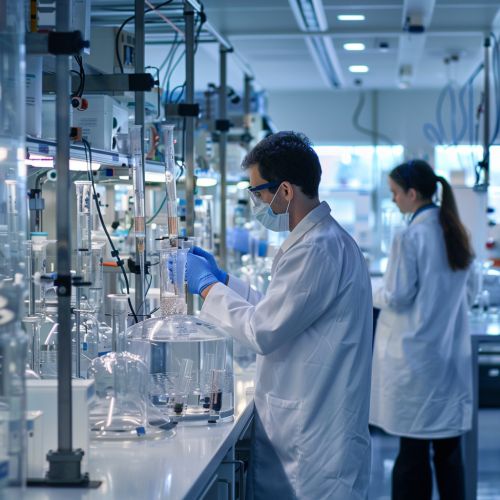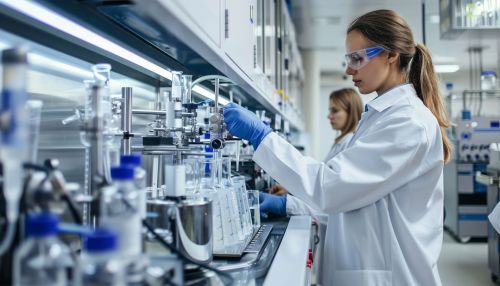Biopharmaceuticals
Introduction
Biopharmaceuticals, also known as biologics, are medicinal products derived from biological sources. These include a wide range of products such as vaccines, blood components, gene therapies, tissues, and recombinant therapeutic proteins. Unlike traditional small molecule drugs, biopharmaceuticals are typically composed of proteins, nucleic acids, or living cells and tissues. They are used in the treatment, prevention, or diagnosis of diseases and medical conditions.
History and Development
The development of biopharmaceuticals began in the late 20th century with advancements in biotechnology. The first biopharmaceutical approved for medical use was recombinant human insulin, developed by Genentech and marketed by Eli Lilly and Company in 1982. This breakthrough was followed by the development of other recombinant proteins, monoclonal antibodies, and gene therapies.
Types of Biopharmaceuticals
Recombinant Proteins
Recombinant proteins are produced by inserting the gene encoding the protein into a host cell, which then expresses the protein. Examples include insulin, growth hormones, and clotting factors. These proteins are used to treat conditions such as diabetes, growth disorders, and hemophilia.
Monoclonal Antibodies
Monoclonal antibodies are laboratory-produced molecules engineered to serve as substitute antibodies that can restore, enhance, or mimic the immune system's attack on cells. They are used in the treatment of various cancers, autoimmune diseases, and infectious diseases. Examples include rituximab, trastuzumab, and infliximab.
Vaccines
Vaccines are biological preparations that provide active acquired immunity to a particular infectious disease. They contain agents resembling a disease-causing microorganism and are often made from weakened or killed forms of the microbe, its toxins, or one of its surface proteins. Examples include the COVID-19 vaccine, the influenza vaccine, and the hepatitis B vaccine.
Gene Therapies
Gene therapies involve the introduction, removal, or alteration of genetic material within a patient's cells to treat or prevent disease. This can be achieved through various techniques such as viral vectors, non-viral vectors, and genome editing technologies like CRISPR-Cas9. Gene therapies are being explored for the treatment of genetic disorders, cancers, and viral infections.
Cell Therapies
Cell therapies involve the transplantation of human cells to replace or repair damaged tissues and cells. These therapies can be autologous (from the patient) or allogeneic (from a donor). Examples include hematopoietic stem cell transplantation and chimeric antigen receptor (CAR) T-cell therapy.
Production and Manufacturing
The production of biopharmaceuticals involves several complex steps, including gene cloning, cell culture, fermentation, purification, and formulation. The choice of host cell (bacterial, yeast, mammalian, or plant cells) depends on the type of biopharmaceutical being produced. Quality control and assurance are critical throughout the manufacturing process to ensure the safety, efficacy, and consistency of the final product.
Regulatory Aspects
Biopharmaceuticals are subject to stringent regulatory oversight by agencies such as the FDA in the United States and the European Medicines Agency (EMA) in the European Union. These agencies evaluate the safety, efficacy, and quality of biopharmaceuticals through preclinical studies, clinical trials, and post-marketing surveillance. The regulatory framework for biopharmaceuticals is continuously evolving to address new scientific and technological advancements.
Challenges and Future Directions
Challenges
The development and manufacturing of biopharmaceuticals present several challenges, including high production costs, complex manufacturing processes, and stringent regulatory requirements. Additionally, biopharmaceuticals often require cold chain logistics for storage and transportation, which can be challenging in low-resource settings.
Future Directions
The future of biopharmaceuticals is promising, with ongoing research and development in areas such as personalized medicine, regenerative medicine, and advanced gene editing technologies. Innovations in bioprocessing and manufacturing technologies are expected to improve the efficiency and scalability of biopharmaceutical production. Furthermore, the development of biosimilars (biological products highly similar to already approved biopharmaceuticals) is anticipated to increase access to these therapies and reduce healthcare costs.
See Also


